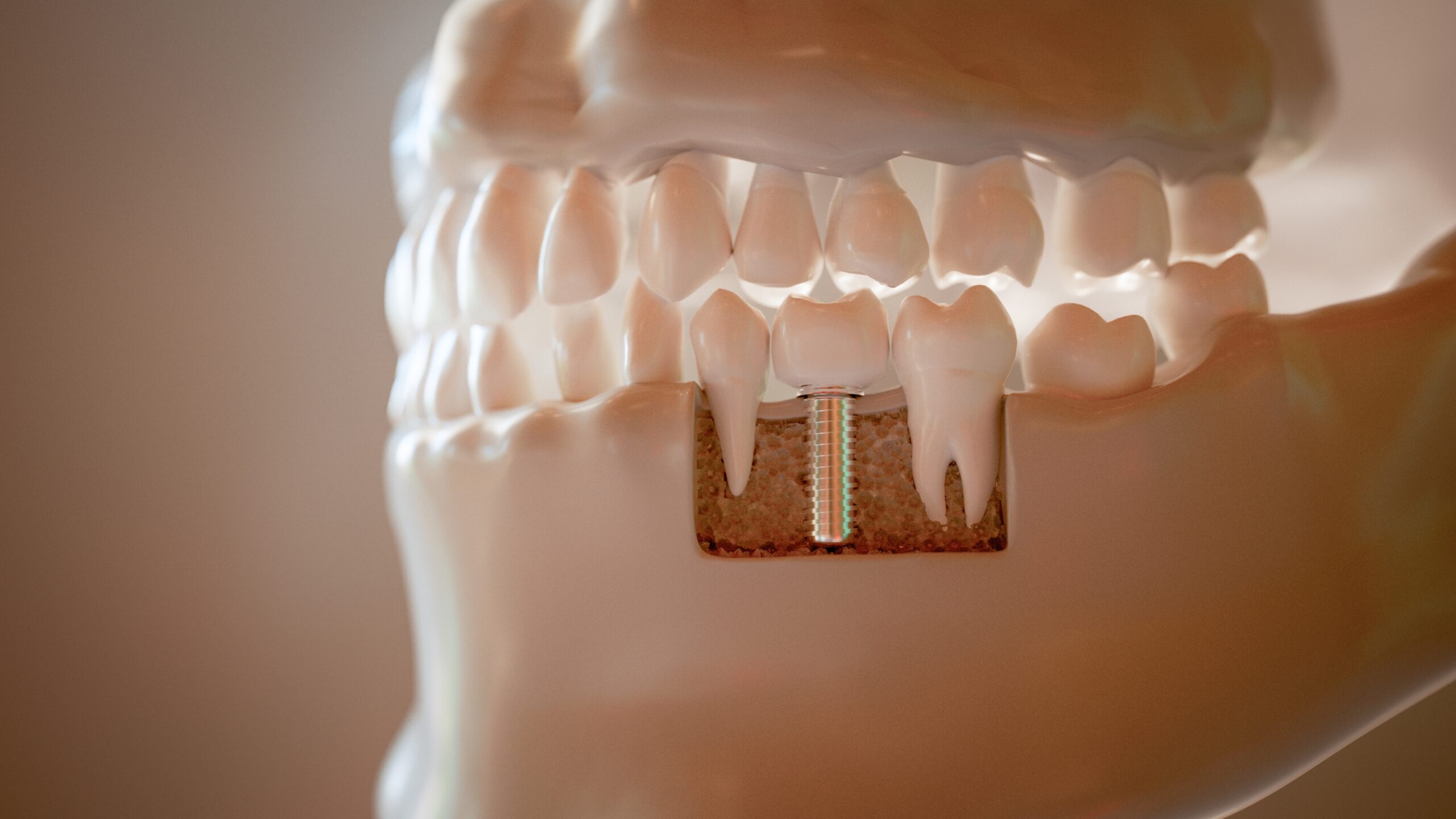Comprehensive Guide to Dental Implants
Introduction to Dental Implants
Dental implants are advanced prosthetic devices designed to replace missing teeth by integrating directly with the jawbone or skull. Also known as endosseous implants or fixtures, these implants provide a sturdy foundation for a variety of dental prosthetics, including crowns, bridges, dentures, and even facial prosthetics. The key to their effectiveness lies in a process called osseointegration, where materials like titanium or zirconia fuse seamlessly with the bone, ensuring long-lasting stability.
Understanding Osseointegration
Osseointegration is the foundation of successful dental implants. It’s the biological process where the implant material, typically titanium or zirconia, bonds tightly with the bone, creating a robust base for dental prosthetics. After the implant is surgically placed in the jaw, a healing period is required to allow osseointegration to occur, during which the bone grows and firmly integrates with the implant surface. This process is crucial for the long-term success of the implant.
Key Factors Influencing Implant Success
The success and longevity of dental implants depend on several important factors:
- Bone and Gum Health: The quality and thickness of the surrounding bone and gum tissue are critical. Healthy, dense bone provides a strong foundation, while healthy gums minimize the risk of complications like peri-implantitis.
- Overall Health: The patient’s general health, including conditions like diabetes or osteoporosis, can impact implant success. Additionally, certain medications, particularly those affecting bone health, may influence the osseointegration process.
- Biomechanical Considerations: Careful planning is essential to ensure the implants can withstand the forces of chewing. Advanced technologies, including lab simulations, computed tomography (CT), and Computer-Aided Design/Computer-Aided Manufacturing (CAD/CAM), are used to achieve precise implant placement and optimal load distribution.
Types of Prosthetics Supported by Dental Implants
Dental implants support a wide range of prosthetic devices, which can be categorized into fixed and removable options:
- Fixed Prosthetics: These are permanently attached to the implants and cannot be removed by the patient. Fixed options include crowns, bridges, and hybrid dentures, which are secured to the implant fixture with dental cement or screws.
- Removable Prosthetics: These prosthetics, such as overdentures, can be detached by the wearer for cleaning and maintenance. They are connected to the implants using special attachments like ball-and-socket connectors, bars, or magnets, offering both stability and convenience.
Risks and Potential Complications of Implant Therapy
While dental implants boast high success rates, they are not without risks. Complications can arise at different stages:
- During Surgery: Possible risks include excessive bleeding, nerve damage, or accidental injury to surrounding structures.
- Early Post-Surgery: In the initial six months, there is a risk of infection or failure to osseointegrate, which can lead to implant instability.
- Long-Term Risks: Over time, issues such as peri-implantitis (inflammation around the implant) or mechanical failures (e.g., fractures) may occur.
Despite these risks, with proper care, dental implants can have high survival rates. Studies show that implants can remain functional for over five years in more than 90% of cases, and prosthetics can last between 10-15 years. Long-term success rates range from 52% to 76% over 16-20 years, with complication rates of up to 48%. Advances in artificial intelligence (AI) are further improving clinical outcomes and enhancing implant success.
Medical Applications of Dental Implants
Dental implants serve numerous purposes in modern dentistry:
- Single Tooth Replacement: Implants can replace a single missing tooth, providing a natural appearance and function.
- Implant-Retained Overdenture: These implants enhance the stability of lower dentures, reducing movement and improving comfort.
- Implant-Supported Fixed Partial Denture (FPD): Implant-supported bridges can replace multiple missing teeth, offering a fixed solution that mimics the function of natural teeth.
The use of dental implants has surged in the United States, with applications extending beyond traditional tooth replacement. Implants are now employed to restore entire dental arches, provide orthodontic anchorage, and support facial prosthetics for patients affected by cancer or trauma.
Specialized Implant Applications
- Single Tooth Implant Restoration: This involves placing an implant in the location of a missing tooth and attaching a crown to the implant abutment. This approach preserves the adjacent teeth and offers a high survival rate, making it a cost-effective, long-term solution.
- Implant-Supported Bridge: This fixed prosthetic device replaces multiple missing teeth and offers superior stability and durability compared to traditional bridges, which rely on adjacent teeth for support.
- Implant-Supported Overdenture: Removable dentures are anchored by implants, providing better retention and comfort than conventional dentures.
- Orthodontic Mini-Implants (TADs): Temporary anchorage devices (TADs) are small implants used in orthodontics to provide additional support during tooth movement. These are removed once treatment is completed.
- Small-Diameter Implants (Mini-Implants): Mini-implants are smaller in size and often used as a temporary solution while waiting for permanent restorations. They have shown promising survival rates, particularly in patients with missing teeth.
Conclusion
Dental implants offer a versatile and highly effective solution for a wide range of dental and orthodontic needs. With continuous advancements in technology, materials, and clinical techniques, the success and longevity of dental implants are better than ever, providing patients with reliable, long-term options for tooth replacement and oral rehabilitation.








